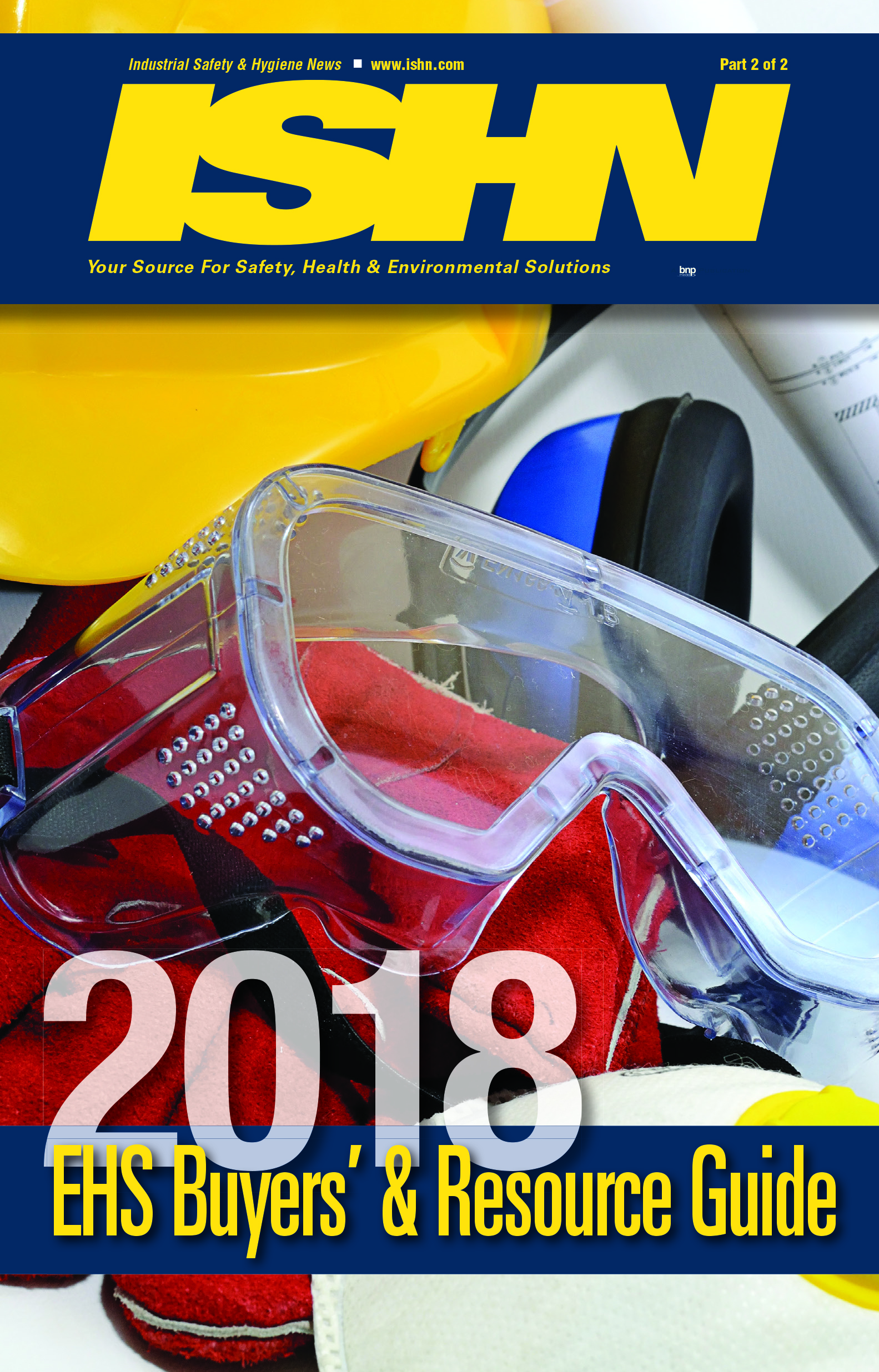
|
Note: This is an excerpt of the Executive Summary of this year's ISHN White Paper study. The full data set will be available soon.
Long-distance oversight
Many global EHS managers travel abroad about once a quarter. Thirty-eight percent make three to four trips to foreign countries each year.
And they put in long days at foreign sites. Asked what their international job entails, 79% say audits, 72% say investigations, 48% training, 71% oversee an EHS management system. Management systems are mostly likely custom jobs (43%) compared to OHSAS 18001 (9%).
International pros have implemented behavior-based programs (38%); risk assessments (59%); emergency preparedness programs (57%); PPE policies (64%); and an incident reporting system (57%).
A question: what is the quality of these programs in the face long-distance administration? There is no regulatory or rigid third-party accountability. How many are simply paper programs created in U.S. offices and executed with wide varabiablity overseas?
EHS’s digital divide
Let’s get back to that age issue. (Comforts of an aging EHS nation, posted on www.ISHN.com on 10/26/12.) How does it affect the EHS Nation’s acceptance and use of technology and social networking?
EHS pros definitely embellish their “green” credentials by embracing the idea of cutting down fewer trees: 70% have read a digital edition of a safety industry magazine, and 39% are either extremely interested or very interested in receiving a digital version of ISHN on a monthly basis.
Enthusiasm wanes for other digital fare wanes. Fifty-four percent purchases products online. Forth-eight percent conduct online employee training. Thirty-five percent use online safety directories and buyers guides. About three in ten will read a safety blog (31%). And EHS pros are not a particularly interactive bunch: only 18% participate in peer group bulletin board chat rooms, forums, etc. Go to those sites and you see the same names, the same vocal minority, dominating discussions.
Social media has not gained much traction among safety and health pros, at least for information update purposes. Think about it. Middle-age EHS pros are 20 to 40 years into their work routines and embedded habits are hard to break One in ten EHS pros[f1] (10%) use social media websites such as Twitter, LinkedIn, and Facebook for safety info updates. Many are not at all interested in receiving industry updates via social media sites. Very low percentages are extremely interested, or very interested.
It’s a different story when social media for career purposes. Thirty-four percent of EHS pros used LinkedIn. Twenty-six percent used Google+.
EHS pros are not “gadget groupies,” Only five percent use a personal tablet (think iPad) for business. Most EHS pros still do not use a smartphone: 55% no; 45% yes.
These percentages are a product of the EHS Nation’s age curve. In 2010, the Pew Internet & American Life Project, a project of the Pew Research Center, found the average age of an adult social media user was 38 years old. Only 20% of those age 50-65 used social media. Only 15% of adults 50-65 use Twitter; 19% use Facebook; and 23% use LinkedIn.
The next generation of EHS pros, now between 25-45, will cross the digital divide and make social media sites more acceptable business channels. That’s if middle-aged baby boomers ever recapture enough of their lost retirement savings to actually walk away into the sunset and make room for Generation Next. There’s another “if”, too: Will the likes of Twitter and Facebook ever amount to much more than party lines among friends and family?
[f1] In our study 62% use one or more social media websites.
The full data set from the 2012 ISHN White Paper study will be available soon.






